Can Natural Dyes Support Your Microbiome?
Spoiler: your clothes are part of your skin's ecosystem.
TL;DR: Your skin microbiome (trillions of beneficial microorganisms) is affected by what you wear. Synthetic dyes can disrupt this delicate ecosystem, while plant-based natural dyes support balance, reduce irritation, and nurture your skin's living community.

Meet Your Microbiome — The Ultimate Fashion Insider
You've got a roommate you never talk about, actually, trillions of them. They live on your skin, in your gut, even in your armpits. Collectively, they're known as your microbiome, and while they don't pay rent, they do a lot of housework.
They balance your skin's pH, keep harmful bacteria in check, and even influence how your skin looks, smells, and feels. Think of them as your tiny, invisible skincare team, and they're surprisingly opinionated about what you wear.
Wait, What Do My Clothes Have to Do With My Microbiome?
Every time fabric touches your skin, there's a conversation happening at a microscopic level.
- 👕 Your shirt collects sweat, sebum, and bacteria
- 🧬 The type of fiber, dye, and finishing chemicals determines who gets invited to that microbial party, and who gets kicked out
In short: what your clothes are made of can support or sabotage your skin's natural balance.
Synthetic Dyes: The Uninvited Guest
Most conventional clothing is dyed with synthetic, petroleum-based colorants. These dyes often rely on heavy metals, formaldehyde, or chemical fixatives, residues that don't fully wash out.
Some of these chemicals can irritate sensitive skin or even be metabolized by your skin bacteria into byproducts your body doesn't love. Not exactly microbiome-friendly.
Enter Natural Dyes: Plant Power, Ancient Wisdom
Before chemistry labs, humans colored fabrics with plants, roots, and minerals, and those ingredients came with more than just beautiful hues. Many natural dyes are bioactive, meaning they have natural properties that can calm inflammation, balance microbes, or protect skin.
Let's look at a few favorites:
🌿 Indigo — The Healer
Used for over 6,000 years, indigo isn't just visually calming, it's naturally antibacterial and skin-soothing. Studies show indigo extracts can inhibit bacteria linked to odor and irritation. In Japan, "Ai-zome" (indigo dyeing) was even believed to protect the skin and promote healing.
🌸 Madder Root — The Calmer
Madder's red hue comes from anthraquinones, compounds known for their anti-inflammatory and antimicrobial effects. When used in textiles, they can help reduce bacterial growth, potentially making it a great choice for pillowcases or clothing for acne-prone skin.
🌰 Sumac — The Protector
Rich in tannins and polyphenols, sumac acts like nature's gentle preservative. It's been shown to inhibit harmful microbes while supporting a calm skin barrier, no harsh chemicals required.
🌻 Pomegranate – The Revitalizer
Rich in tannins and antioxidants, pomegranate brings both protection and renewal. It helps calm inflammation, supports skin regeneration, and offers natural antimicrobial care, a quiet ally for radiant, resilient skin.
Beyond "Antimicrobial": It's About Balance
Not all bacteria are bad, your microbiome actually needs diversity. The goal isn't to sterilize your skin but to create harmony between your clothes and your body's natural ecosystem.
Plant-dyed textiles can support this balance by discouraging harmful overgrowth while leaving beneficial bacteria alone. Think of them as probiotic-friendly clothing, gentle, not germaphobic.
The Future of Microbiome-Friendly Fashion
Researchers are beginning to study how fabrics, finishes, and dyes affect skin microbiota. Early findings show that natural fibers and mild, plant-based dyes foster a healthier microbial mix compared to synthetics or heavily treated fabrics.
It's still early days, but the idea is clear: what we wear matters, not just for style, but for our biology.
How to Dress for Your Microbiome
- 🌿 Choose natural fibers: Organic cotton, linen, or silk let your skin breathe and stay balanced
- 🎨 Go for plant-dyed or undyed fabrics: Skip synthetic dyes that can irritate or disrupt your skin's ecosystem
- 🧼 Wash gently: Over-sanitizing your clothes with harsh detergents can strip beneficial microbes
- 👂 Listen to your skin: Irritation, odor, or itchiness can be signs your microbiome's out of sync

The Bottom Line
Your skin and your clothes are in constant conversation. Choosing plant-dyed textiles isn't just a nod to sustainability, it's a way to nurture your skin's own living community.
In the age of slow fashion and conscious living, maybe it's time we let nature take the dye wheel again.

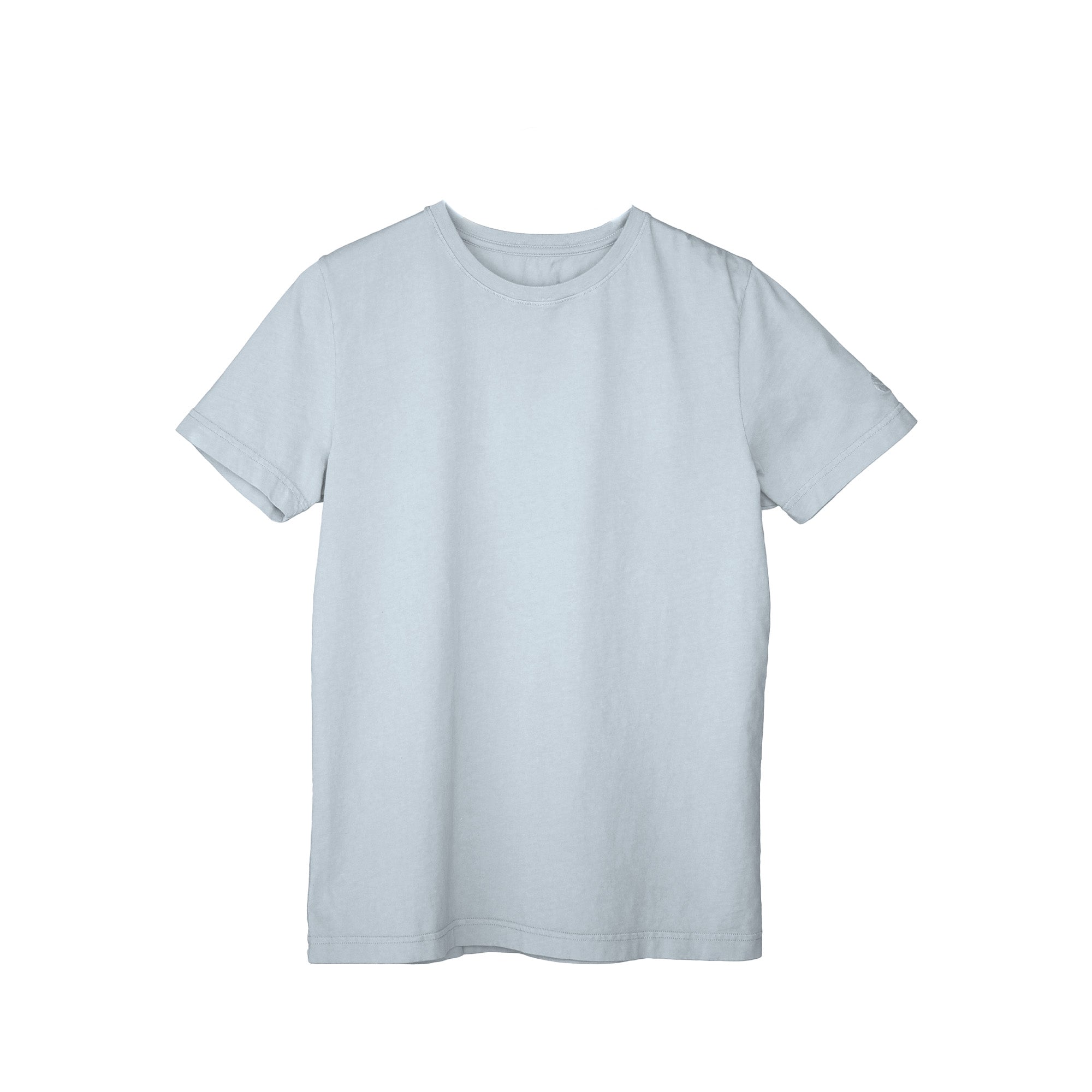

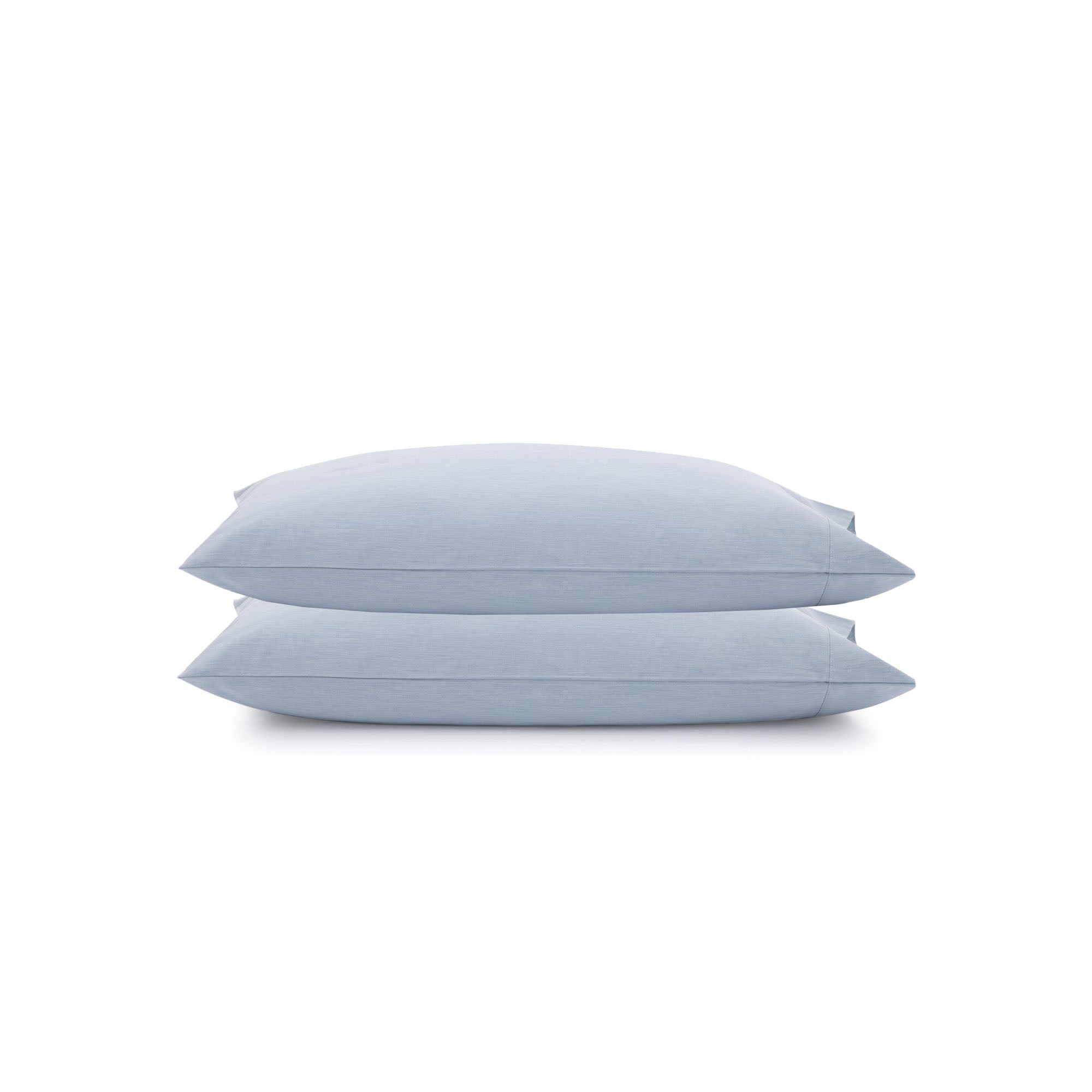
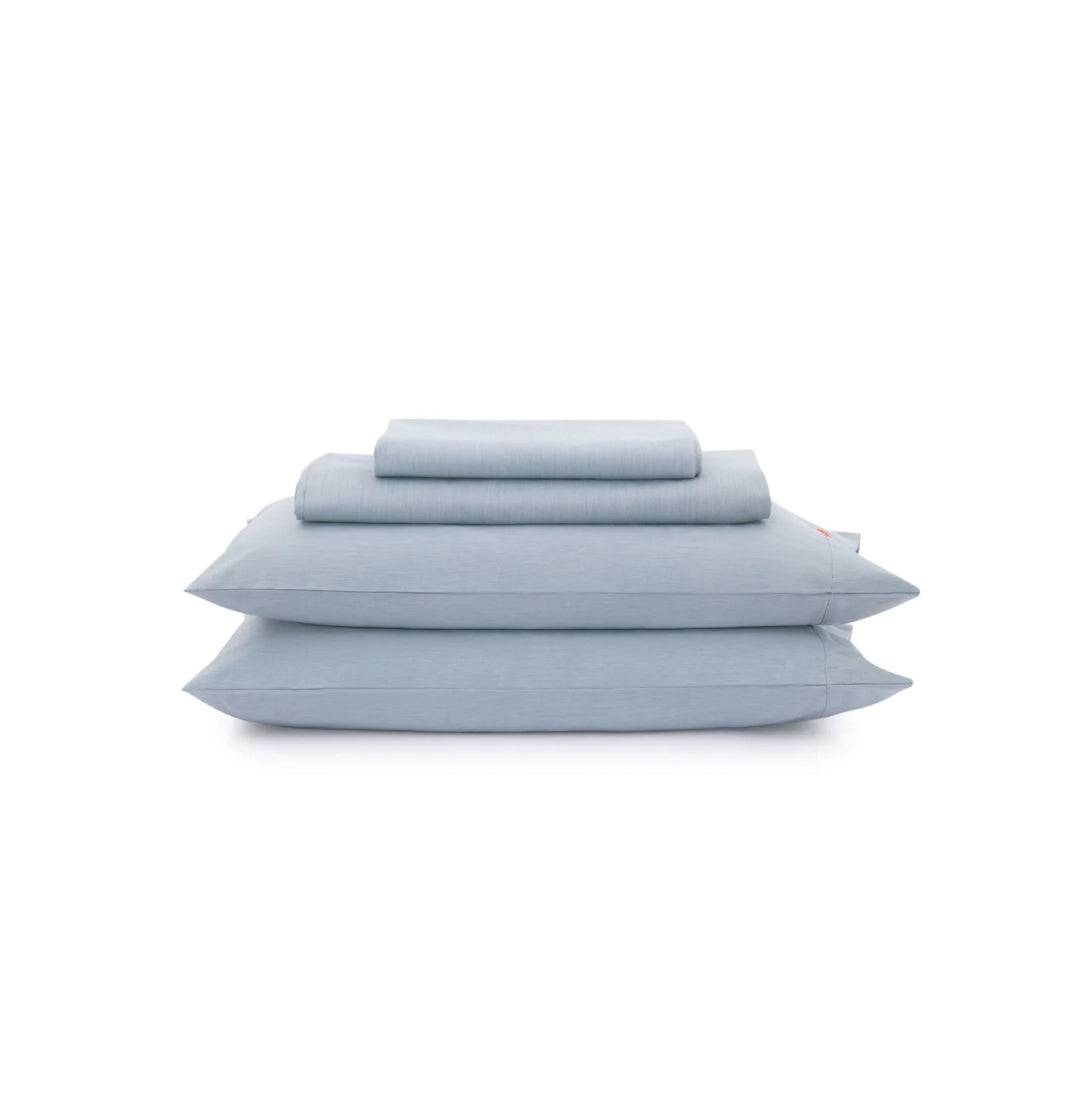
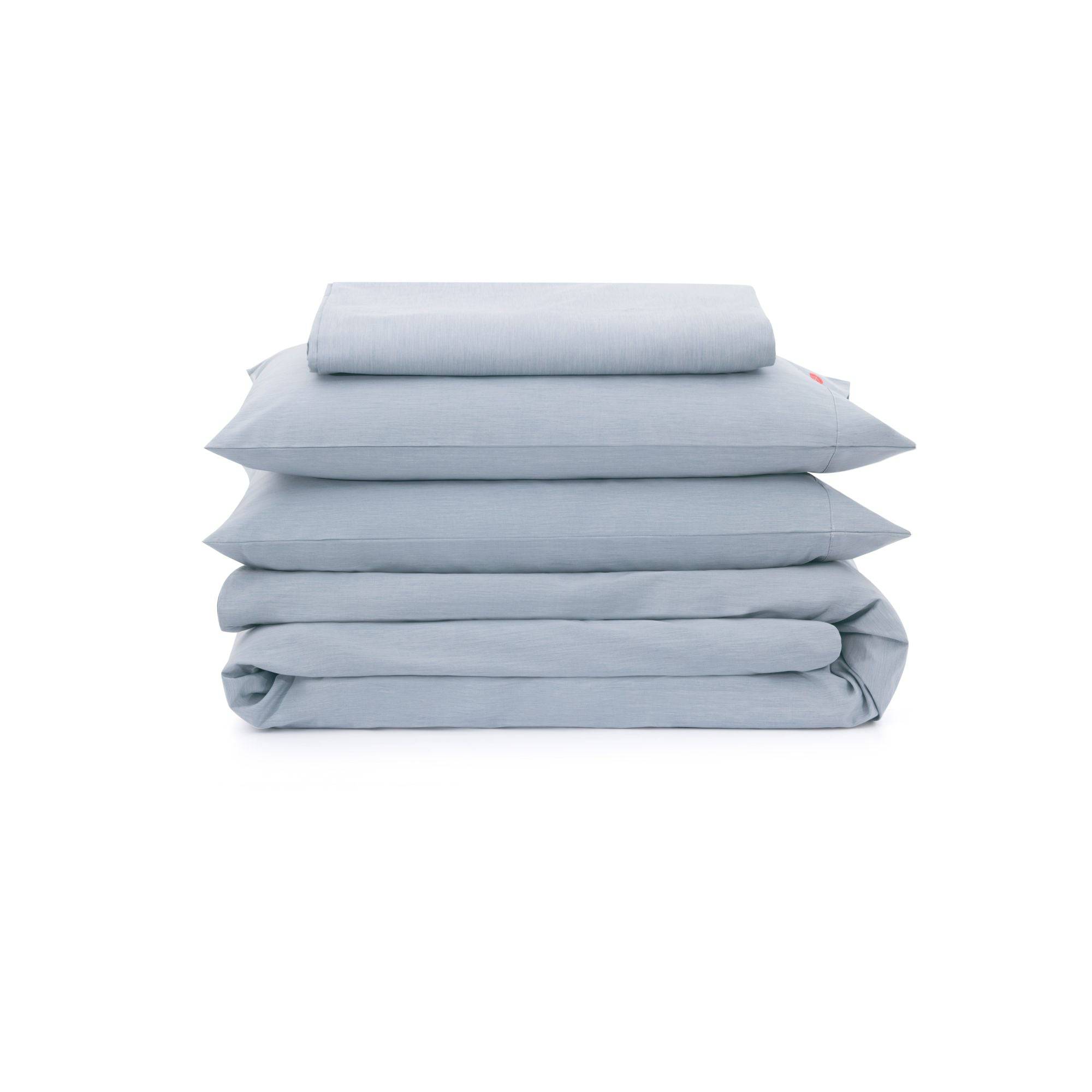
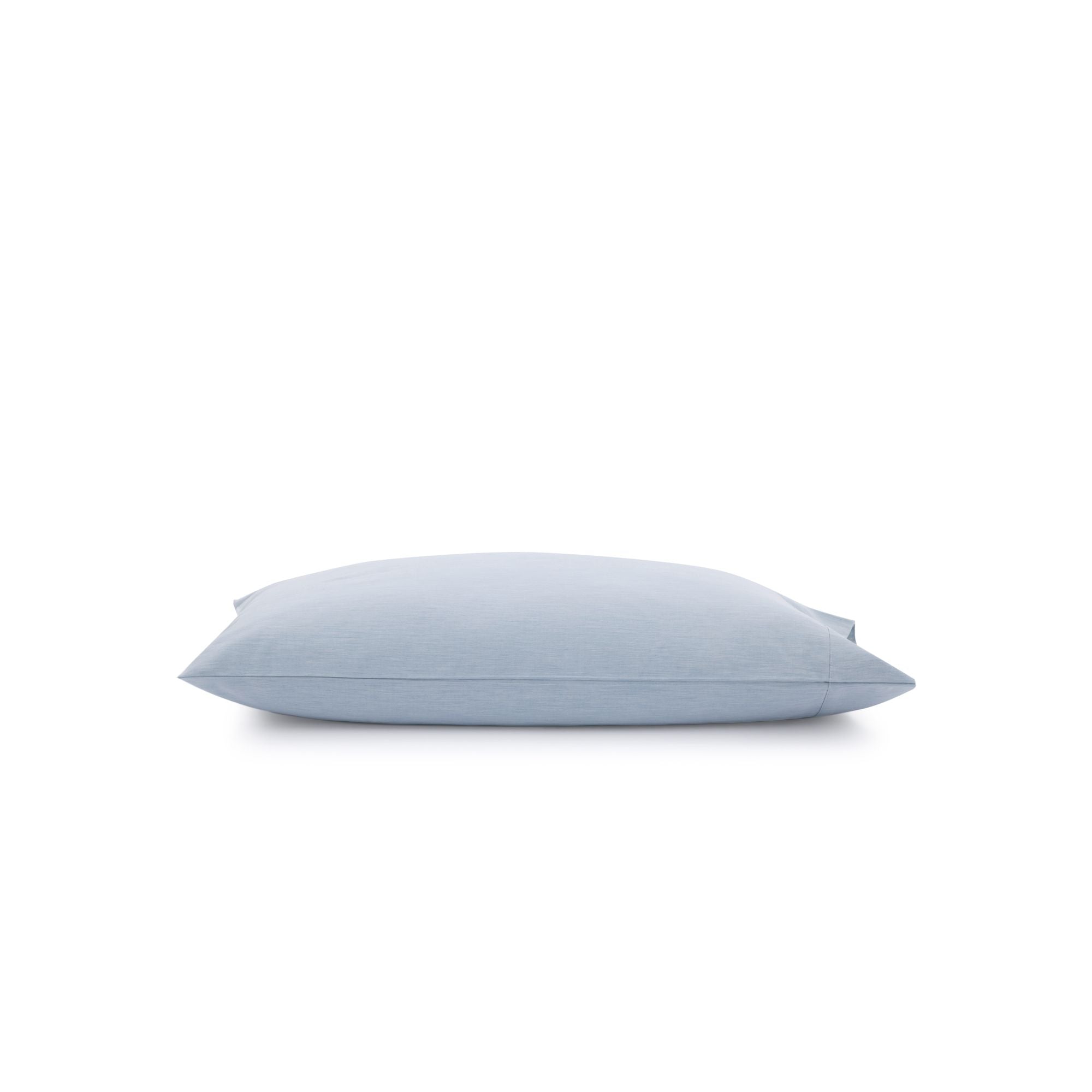
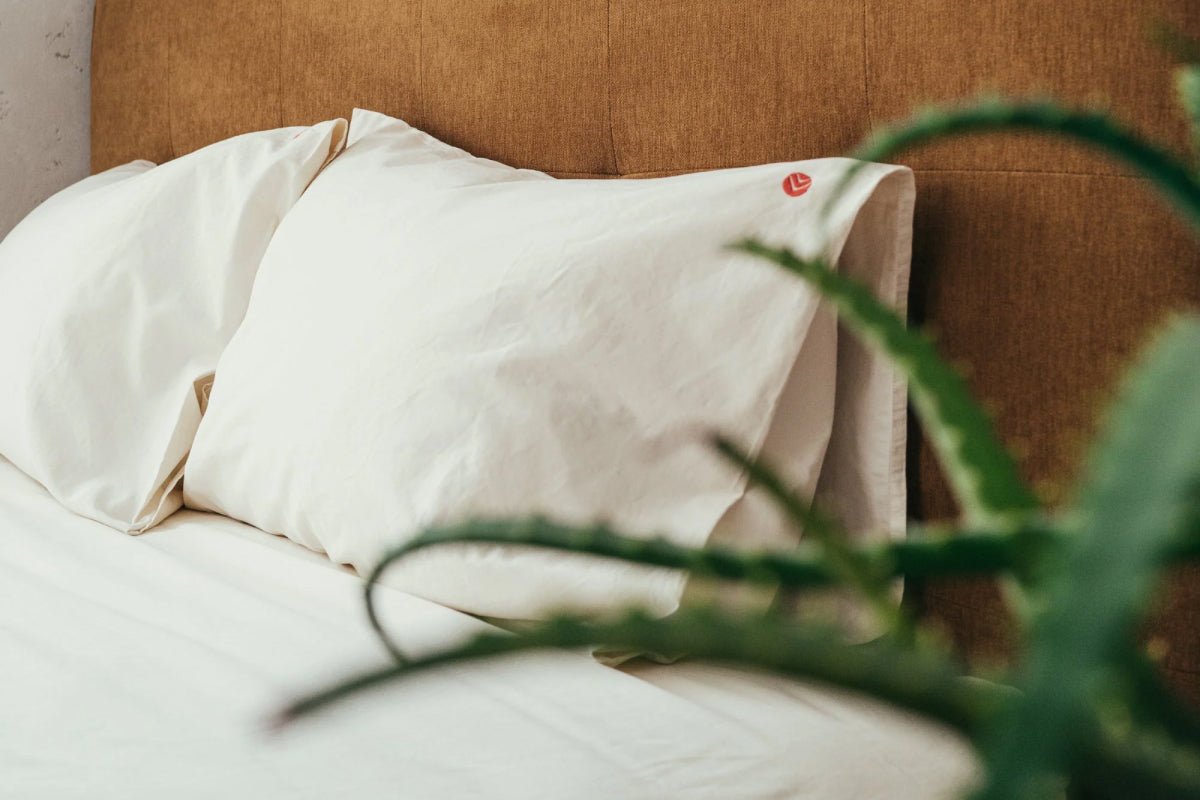 Bedding
Bedding
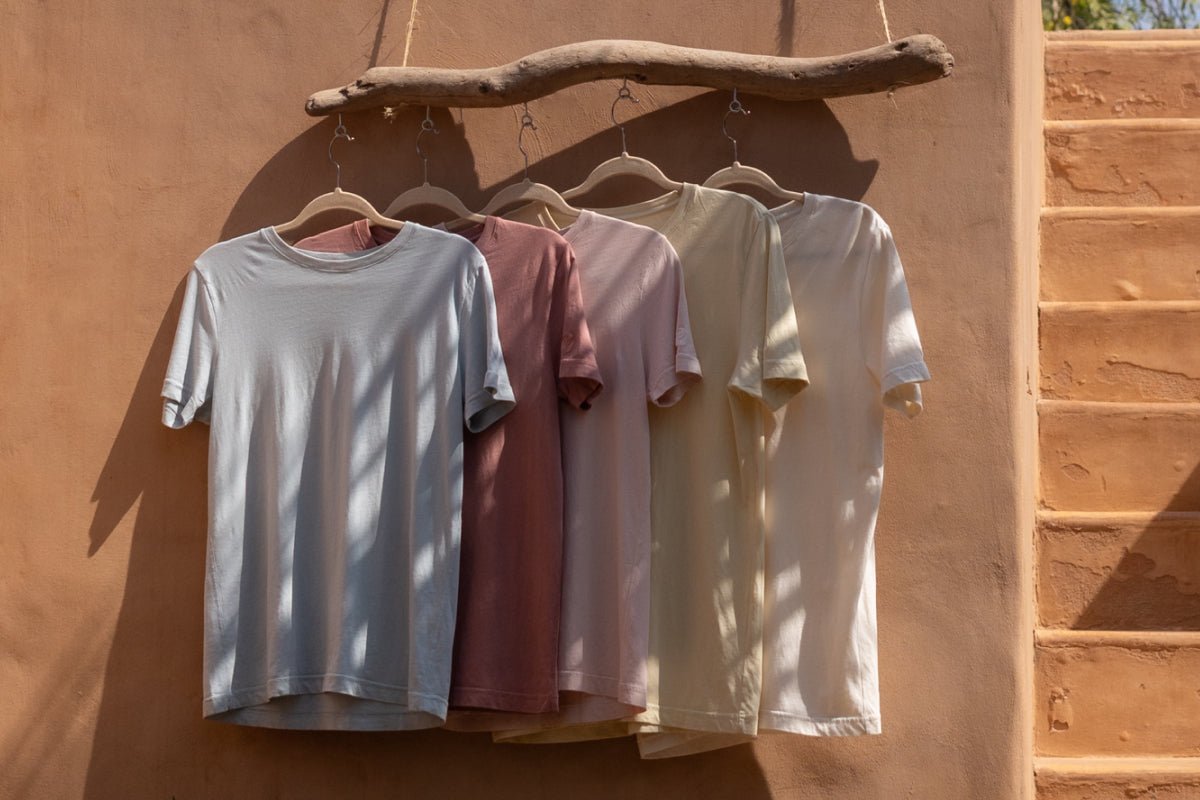 Clothing & Accessories
Clothing & Accessories
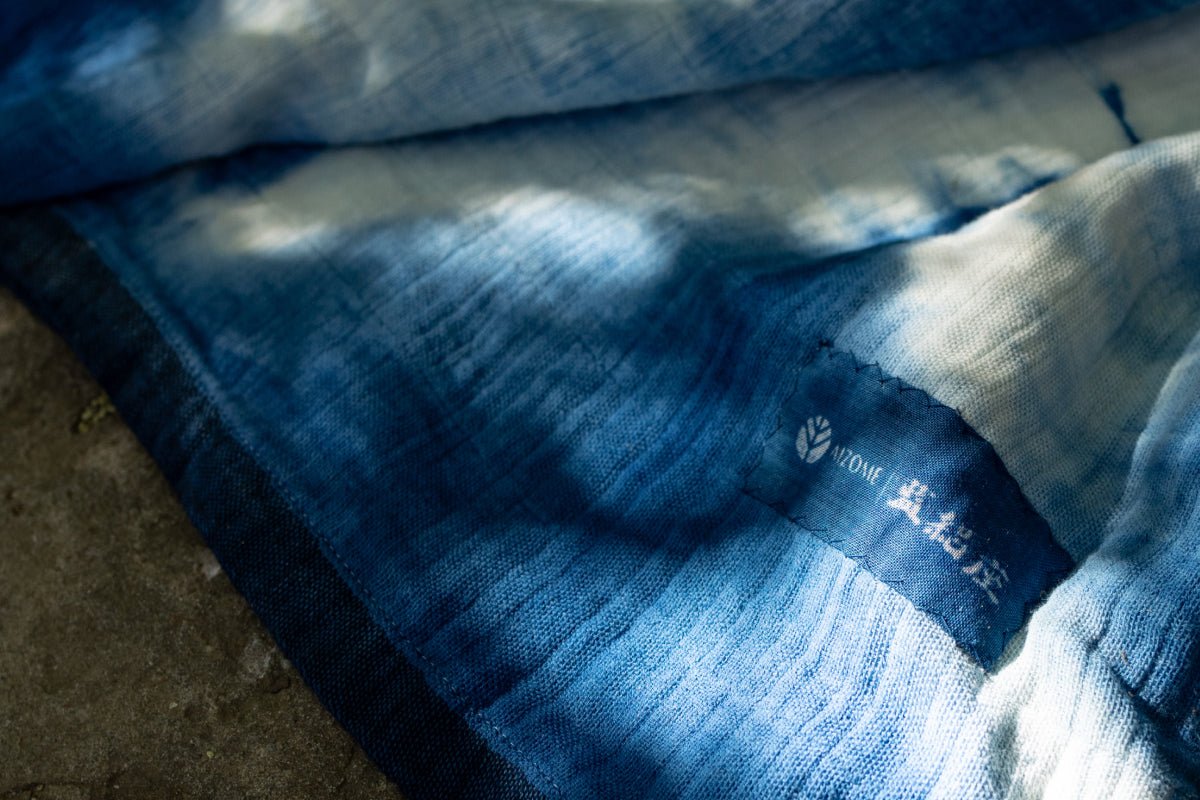 Artisan Line
Artisan Line



Leave a comment
All comments are moderated before being published.
This site is protected by hCaptcha and the hCaptcha Privacy Policy and Terms of Service apply.